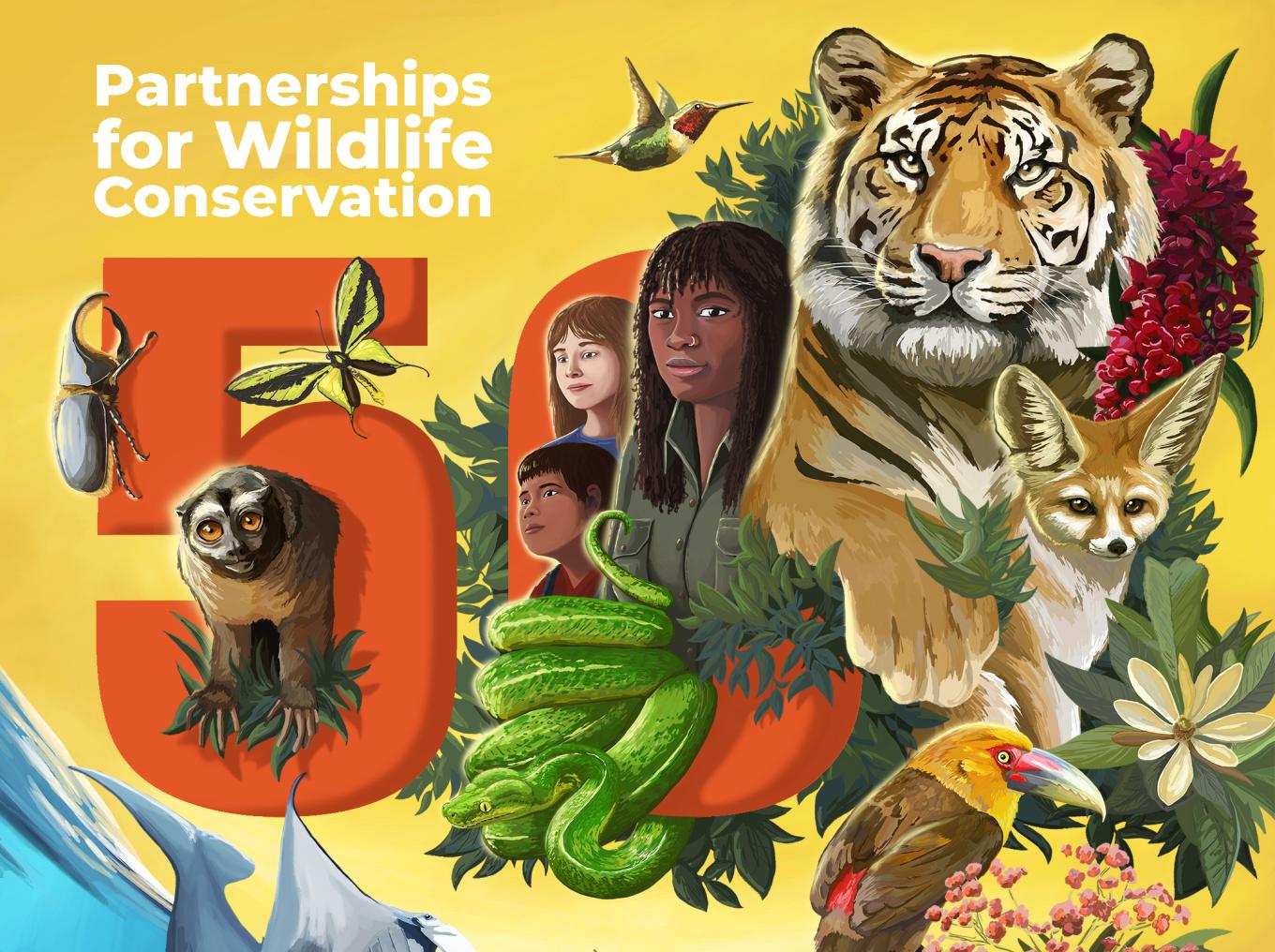On 20 December 2013, at its 68th session, the United Nations General Assembly (UNGA) proclaimed 3 March – the day that the Convention on International Trade in Endangered Species of Wild Fauna and Flora (CITES) was siged in 1973 – as UN World Wildlife Day; to celebrate and raise awareness of the world’s wild animals and plants. The UNGA resolution also designated the CITES Secretariat as the facilitator for the global observance of this special day for wildlife on the UN calendar. World Wildlife Day has now become the most important global annual event dedicated to wildlife.

March 3 is World Wildlife Day. It is a United Nations International day to celebrate all the world's wild animals and plants and the contribution that they make to our lives and the health of the planet.
This date was chosen as it is the birthday of CITES, the Convention on International Trade in Endangered Species of Wild Fauna and Flora, signed in 1973. This World Wildlife Day is also a celebration of CITES as it turns 50. In recognition of the work CITES does and the collaborative work for conservation that is going on globally, the theme for World Wildlife Day this year is 'Partnerships for Wildlife Conservation'...
People everywhere rely on wildlife and biodiversity-based resources to meet all our needs, from food, to fuel, medicines, housing, and clothing. Millions of people rely on nature as the source of their livelihoods and economic opportunities. But more than our needs, nature has proven to be essential for our mental health too. So, let’s celebrate.
- This year, the theme is “Partnerships for Wildlife Conservation”. It will allow us to celebrate all conservation efforts, from intergovernmental to local scale. Within this theme, the day has a focus on two sub-topics:
- Marine life & oceans – with around 70% of our planet being covered by water, the impact of marine conservation is incredibly important.
Business & finance – globally, conservation efforts need to be funded and this work needs to be done in collaboration with business - an area that, in the past, has been seen as exploitative and unsustainable. Successful partnerships for conservation must find ways of including business if we are to reverse the loss in biodiversity.
March 3 2023 will be a very special date, as it will also be marking the 50th anniversary of CITES. CITES has stood at the junction of trade and conservation, with Parties to the Convention working with the shared goal of ensuring sustainability of endangered species. CITES has sought to build partnerships and reconcile differences between the groups that are guided and governed by its regulations. At national and local levels, these partnerships have been essential in every country across the globe to focus on the conservation of species and ecosystems.
The theme ‘Partnerships for Wildlife Conservation’ will provide the opportunity to highlight the people who are making a difference as well as to celebrate the bridge that CITES has been for these partnerships to form, making a significant contribution to sustainability, wildlife and biodiversity conservation.